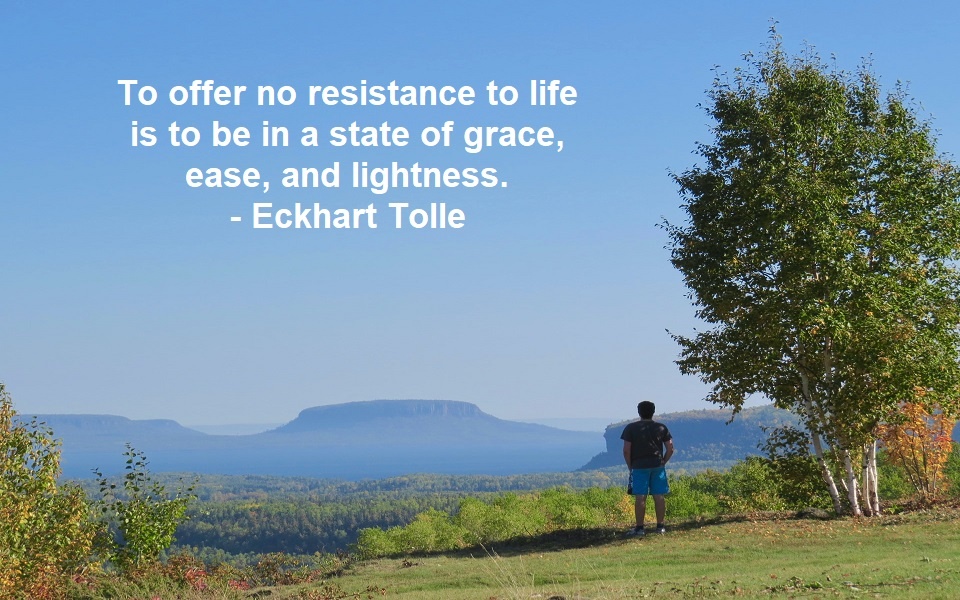Are you familiar with the game Hopscotch? The game reminds me of our behavior in the search for harmony and enlightenment. We often seek emancipation from the confines of our existence through guidelines and rituals. And, the game rules parallel our behavior in the desire to reach salvation. Furthermore, it also reflects misconceptions in our attempts to find enlightenment.

Did the game originally have religious or belief structure references? Maybe. Nevertheless, the game rules and structure assimilated into a conceptual understanding of Heaven and Hell. Equally, the hierarchy is similar to mind behavior in our experiences and quest for enlightenment, relating to behaviorism.
Here is an excerpt from www.ancestry.com. The article discusses the conceptual similarities between hopscotch, Christian rituals, and spiritual rebirth. I paraphrased the article for easier reading purposes. Continue reading


















